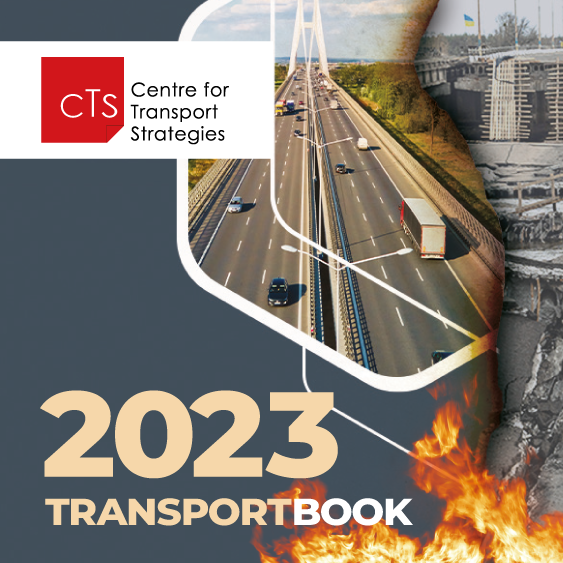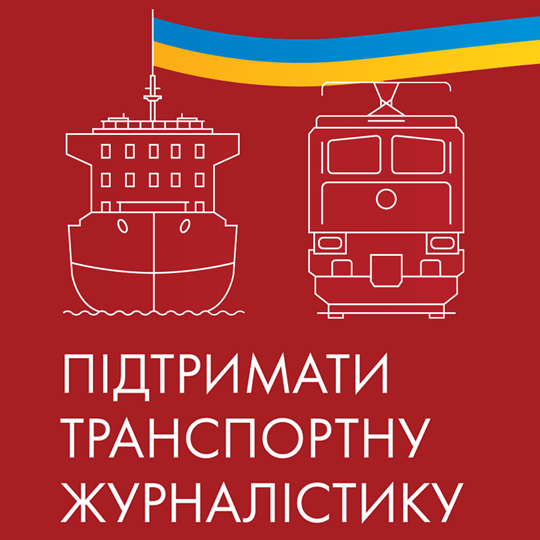The Ukrainian High-Speed Railway Company (the operator of Hyundai express trains in Ukraine) has disclosed details of the breakdowns of the Korean-made Hyundai express trains, the LIGABusinessInform publication reports. As reported, all the 10 purchased trains were withdrawn from service on February 12 because of cracks in the trains’ body structure.
A letter signed by the Ukrainian High-Speed Railway Company’s General Director Leonid Loboiko states that the trains were withdrawn from service after "cracks in the baseplate of the bracket of the secondary suspension’s shock absorber and cracks in the body bolster of the car underframe" were discovered in one of the trains. Cracks were found in the body bolsters (crossbeams attached to the underside of car bodies) of nine other trains.
According to the head of the technical department of the Kryukovsky Railcar Building Works, Oleh Shkabrov, the cracks in a single railcar can be repaired in two or three weeks if there are sufficient resources. "The cracks themselves are not critical in terms of carrying capacity. The repair technology is as follows: they are separated, welded, and inspected via ultrasound. If this is done, the trains can be launched into operation,” explains Shkabrov. The head of the Hyundai Rotem company’s representative office said that the damaged body bolsters would simply be replaced. They will be delivered to Ukraine from South Korea.
The cracks in the shock absorbers can be addressed more easily by removing the shock absorbers themselves from the structure of the railcars, Shkabrov said. According to him, this will not hamper the operations of the trains and the smoothness of their movement. "One can simply remove the shock absorbers from the bogie because they do not have a significant impact on its operation. This component affects the operation of a train when it is traveling at speeds of 160 km/h and above, but these trains are not operated at such speeds on our railway tracks,” said Shkabrov.
Meanwhile, the cause of the cracks has not yet been established. A preliminary inspection found that the cracks appeared because of a miscalculation by designers. The head of the Hyundai Corporation in Ukraine agreed that design flaws could have caused the technical malfunction of the trains, but he added that this might not be the only cause. There could be other causes, such as the use of materials of insufficient quality and environmental factors.
As reported, two Hyundai trains resumed operation on the Kiev-Kharkov and Kiev-Lvov routes on April 29 and May 6 after repair.
The trains broke down often enough and idled hours after beginning operation on routes in 2012. The problems with the trains peaked in winter 2012/2013. Korean experts replaced the pantographs on the trains and strengthened their roof materials, and the trains are now operating reliably.




